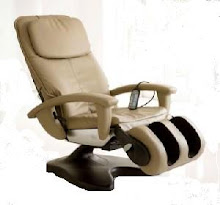Not too long ago mattresses were limited to springs or coils that, along with padding and ticking, constituted the mattress body. These days things have moved on and we now have a myriad of different mattress types from which to choose.
In addition to springs there is foam and this was, for many years, seen as a cheap and inferior product. That all changed with the arrival of visco elastic foam, commonly known as memory foam, and we now have Talalay latex foam too.
In addition to the foams there are some old style mattress filling materials like feather and down, organic wool and there are even some companies who make mattresses with a filling that is derived from grass.
The most popular mattress remains the one that uses springs and there are two versions of the sprung mattress. The cheap and cheerful one uses innersprings that interconnect and have what is termed a “low spring count”. The second has pocket springs that work independently and the beds that use this type of spring have a much higher spring count (i.e. number of springs in a bed/mattress).
Foams cannot have a measure like a spring count, so instead they are graded by either density or firmness. Both of these metrics make it possible to get an idea of how hard or spongy the mattress surface will be.
Trying to compare one mattress material or product with another is never easy as each has its own unusual set of properties. There is also the problem of trying to define one as being better than another which again is difficult because the differences do not necessarily relate to something being better or worse. Comparative information about the various mattress options can be found via manufacturers and retaillers. It attempts to relate the different properties of each mattress type against another in an informative way.
Another mattress type, not mentioned above, is the water bed and you can also find air beds with controllable hydraulic inflation. Beds and mattresses can of course include other features like electric adjustment, vibration or massage and gentle heat. These can be found on some of the more expensive therapeutic or wellbeing beds.
The next post will continue the theme of mattress related products or products with an orthopedic slant to them.

No comments:
Post a Comment